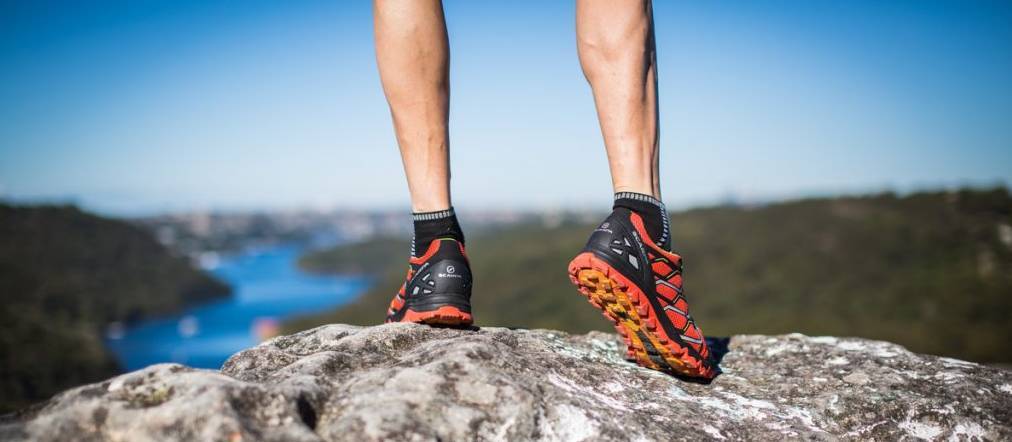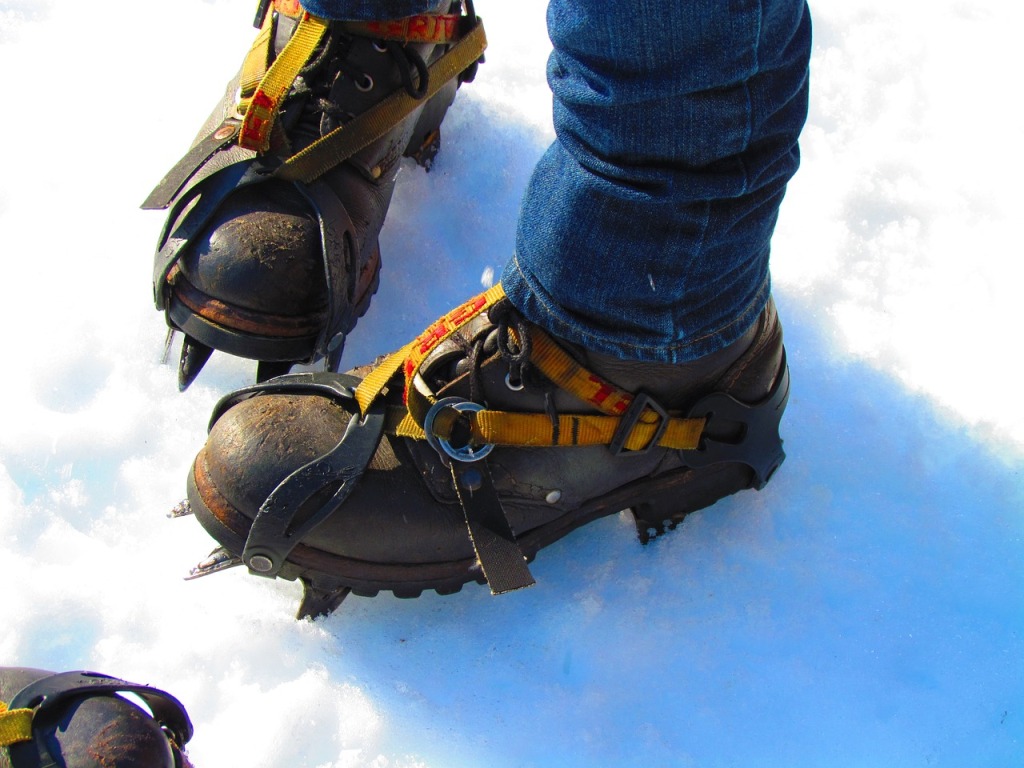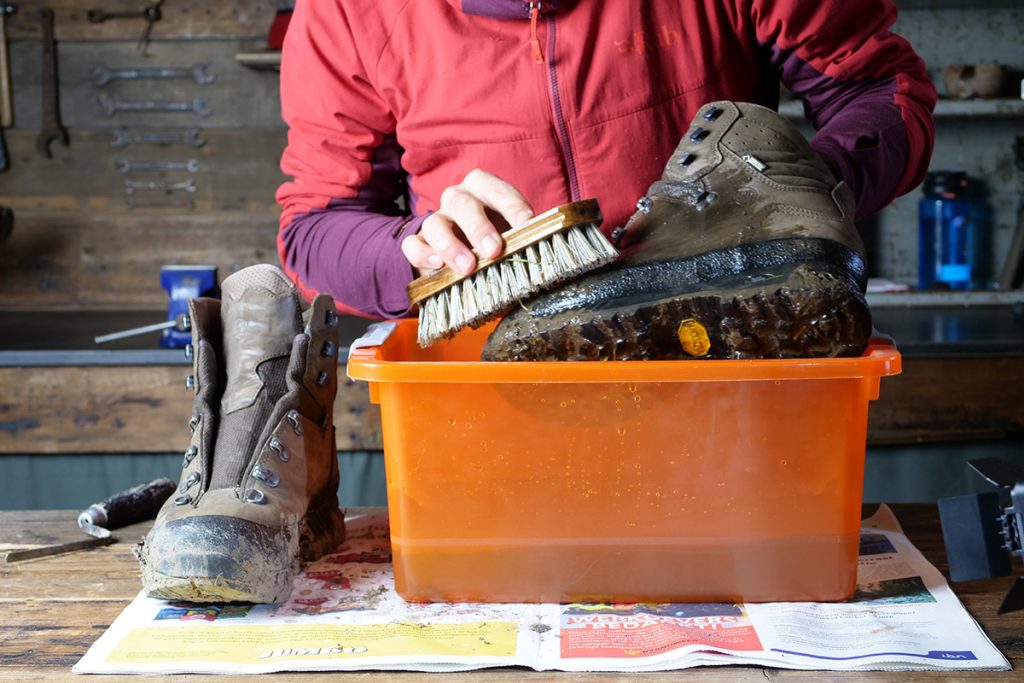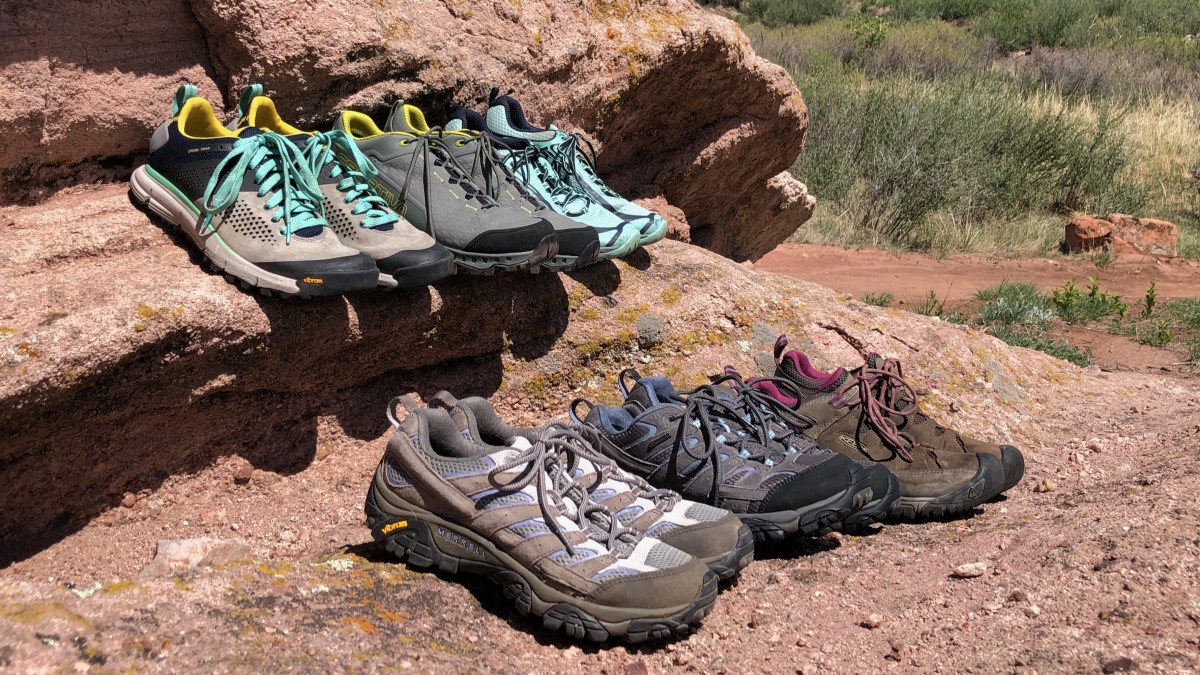Step Into Comfort: A Comprehensive Guide to Choosing the Right Trekking Footwear
Embarking on a trekking adventure is an exhilarating experience, and one of the most crucial aspects to consider is the choice of footwear. The right pair of trekking shoes can make a significant difference in your comfort, performance, and overall enjoyment on the trail. In this comprehensive guide, we will delve into the factors to consider when choosing the right footwear for your trekking endeavors.

Understanding the Importance of Proper Footwear: Trekking involves traversing various terrains, from rugged mountains and rocky paths to muddy trails and river crossings. Your feet bear the brunt of the journey, making it imperative to invest in the right footwear. The perfect pair of trekking shoes not only provides comfort and support but also helps prevent injuries and enhances your overall trekking experience.
Know Your Trekking Terrain: The first step in choosing the right footwear is to consider the type of terrain you'll be trekking on. Different trails demand different features from your shoes. For instance:
- Mountainous Terrain: If you're conquering steep and rocky mountain trails, opt for sturdy and high-ankle boots. These provide excellent ankle support and protect your feet from uneven surfaces.
- Muddy Trails: In regions with frequent rainfall or muddy paths, waterproof and slip-resistant shoes are essential. Look for shoes with a durable, waterproof membrane to keep your feet dry and comfortable.
- Desert Treks: For trekking in arid regions with hot temperatures, breathable and lightweight shoes are crucial. Sand-resistant designs can also prevent discomfort and blisters.
- Multi-Day Treks: If you're embarking on long-distance treks, consider shoes with extra cushioning and support to reduce fatigue and prevent injuries during extended periods of walking.
Understanding Shoe Types: Trekking shoes come in various types, each designed for specific purposes. Understanding these types will help you make an informed decision:

- Hiking Shoes: Ideal for light and day hikes, these shoes are low-cut and offer flexibility and comfort. They are suitable for well-maintained trails and provide a good balance between support and agility.
- Hiking Boots: With higher ankle support, hiking boots are perfect for more challenging terrains. They provide stability and protection against rocks and rough surfaces.
- Backpacking Boots: Designed for carrying heavier loads during multi-day treks, backpacking boots offer superior support and durability. They are ideal for those who plan to carry a substantial backpack.
- Ensuring the Right Fit: The fit of your trekking shoes is paramount. Ill-fitting shoes can lead to blisters, hotspots, and discomfort, potentially ruining your trekking experience. Here are some tips to ensure the right fit:

- Try Before You Buy: Visit a specialty outdoor store to try on different brands and models. Walk around and simulate trekking conditions to assess comfort and fit.
- Consider Sock Thickness: Wear the socks you plan to trek in when trying on shoes. This ensures that the shoes accommodate the thickness of your trekking socks.
- Room for Toes: Your toes should have enough room to wiggle without feeling cramped. Ensure there's at least a thumb's width of space between your longest toe and the shoe's end.
- Heel Lock: Check for a snug fit around the heel. A good trekking shoe should provide stability and prevent your heel from slipping.
Material Matters: The material of your trekking shoes plays a crucial role in durability, breathability, and waterproofing. Common materials include:

- Leather: Known for durability and water resistance, leather is a popular choice for trekking shoes. However, it may be heavier than synthetic materials.
- Synthetics: Lightweight and often more breathable than leather, synthetic materials are great for hot or humid conditions. They are also easier to break in.
- Gore-Tex: This waterproof and breathable membrane is often integrated into trekking shoes to provide protection against wet conditions while maintaining comfort.
Breaking-In Your Trekking Shoes: Once you've chosen the right pair, it's crucial to break them in before embarking on a challenging trek. Wear them around the house, on short walks, and gradually increase the duration to allow the shoes to mold to your feet. This minimizes the risk of blisters and discomfort during your actual trek.
Trekking Shoe Care and Maintenance

Proper care and maintenance prolong the life of your trekking shoes. Here are some tips:
- Cleaning: Regularly clean your shoes after treks to remove mud, dirt, and debris. Use a soft brush and mild detergent, avoiding harsh chemicals that can damage the materials.
- Drying: Allow your shoes to air dry naturally. Avoid using direct heat sources like heaters, as excessive heat can damage the materials and compromise their integrity.
- Waterproofing: Reapply waterproofing treatments as needed, especially if you notice water absorption during treks. This helps maintain the shoe's water resistance.
- Storage: Store your trekking shoes in a cool, dry place away from direct sunlight. Avoid compressing them, as this can affect their shape and support.
Conclusion: Choosing the right footwear is a crucial step in ensuring a successful and enjoyable trekking experience. Consider the terrain, type of trek, and material preferences to find the perfect pair that suits your needs. Investing time in selecting the right trekking shoes will pay off in comfort, support, and durability, allowing you to focus on the breathtaking landscapes and the joy of the trek itself.


